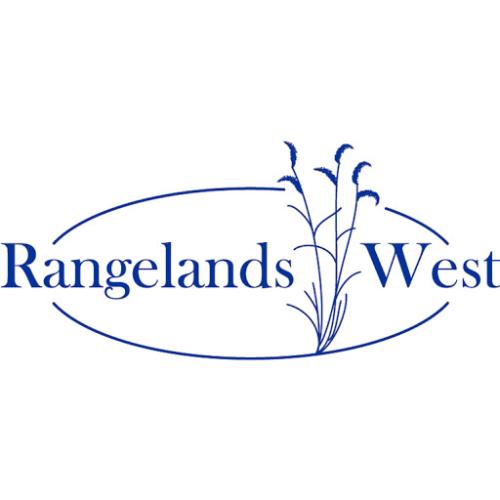Level one monitors changes in plant communities and soils using permanent photo points. This level requires minimal plant identification skills and requires the least amount of time. It is the starting point for any rangeland monitoring system. Texas AgriLife Extension Service publication L-5216, Range Monitoring With Photo Points, describes level one monitoring. Level two monitoring adds more detail related to rangeland health by documenting and tracking changes in the herbaceous and woody plant communities. Level three monitoring (described in L-5455, Texas Rangeland Monitoring: Level Three) adds additional indicators related to ecological processes important to rangeland health. Level two uses vegetation transects and grazing exclosures to track changes over time in both herbaceous and woody plant communities. The same transects used to install photo points in level one can be used in level two. Transects can be used to monitor the proportion each plant species contributes toward the total plant community, as well as changes in woody plant canopy cover. There are three types of transects; they can be used alone or in combination. Line and step-point transects are best used for monitoring herbaceous plant communities. Belt transects can be used for monitoring the woody plant community.

Articles, citations, reports, websites, and multimedia resources focused on rangeland ecology, management, restoration, and other issues on American rangelands.